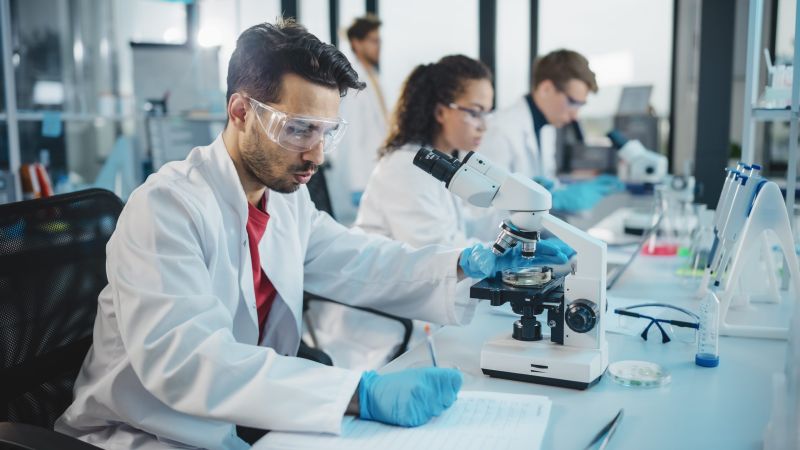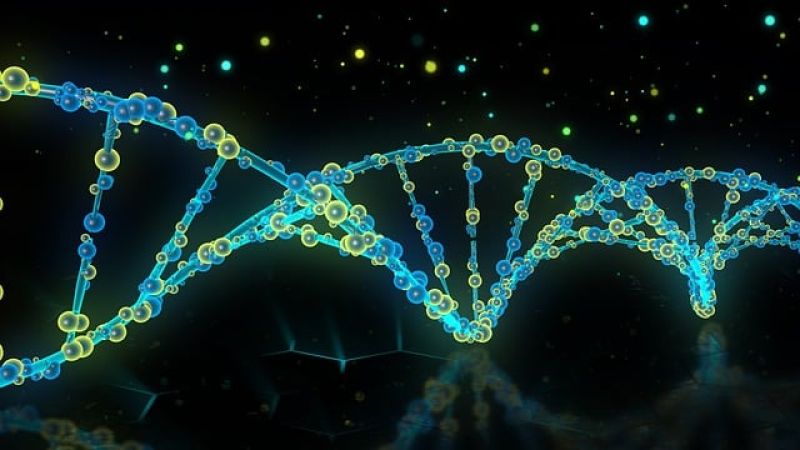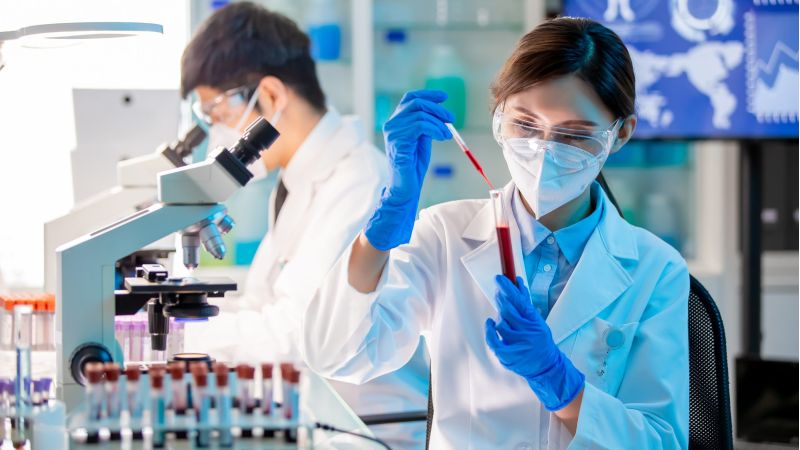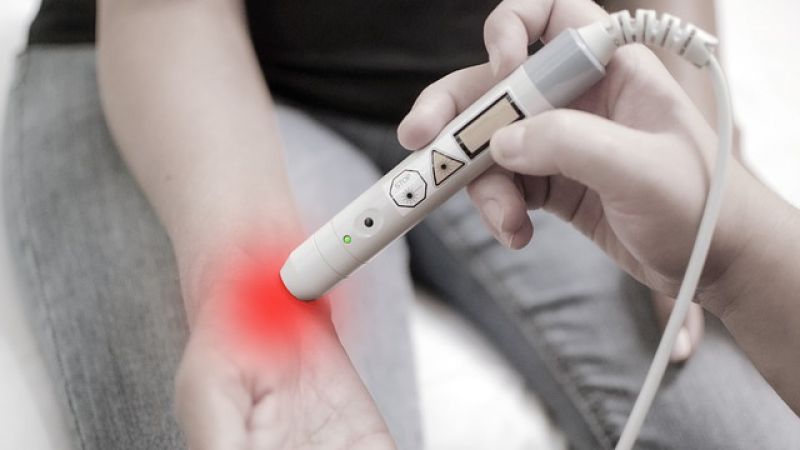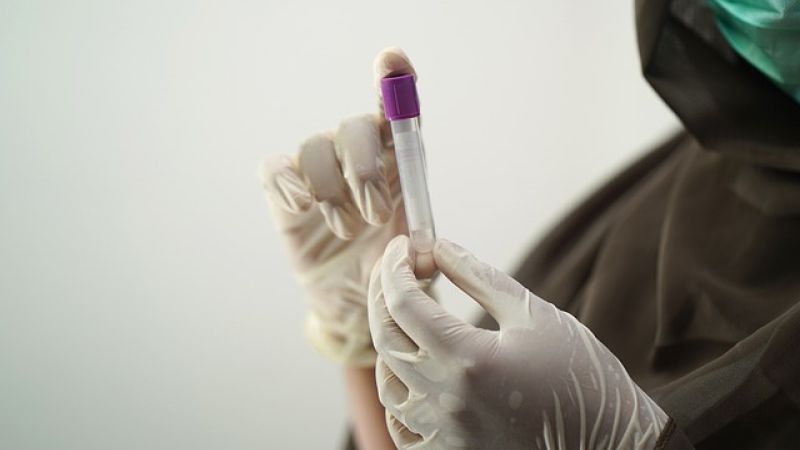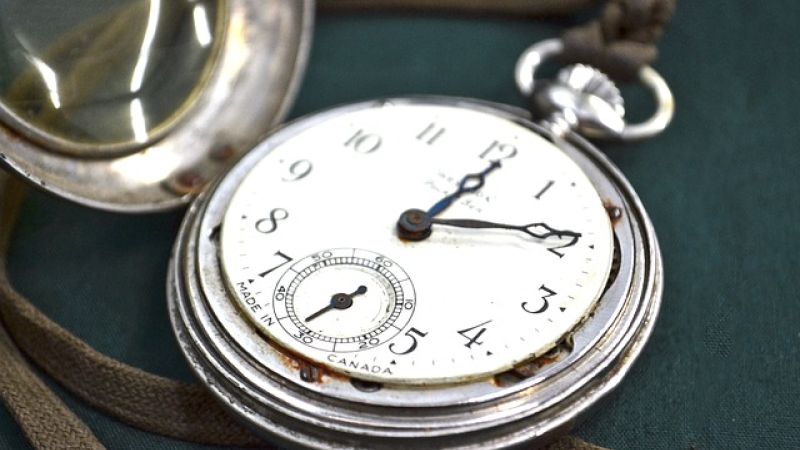
Understanding the Varied Symptoms of DNA Damage: A Comprehensive Guide
DNA damage might not always be visible, but it can have a significant impact on your overall health.
From the subtle signs to more noticeable symptoms, understanding DNA damage is key to taking proactive steps toward better health.
In this article, you’ll learn about…
- The fundamental concepts of DNA damage and why it matters for your health.
- The various forms of DNA damage and their surprising effects on your body.
- How to detect the telltale signs and symptoms that might reveal DNA damage.
- The science behind your body’s natural repair processes and how they keep your cells in top shape.
An image of a DNA, showing its double-helix pattern
“Biology is the most powerful technology ever created. DNA is software, protein are hardware, cells are factories.“
Arvind Gupta, Inventor (Health/Medical Technology) and Author
What is DNA Damage?
DNA damage refers to any alteration or modification to the structure of DNA molecules within cells. It can occur due to various factors, such as exposure to harmful chemicals, radiation, or errors during DNA replication. When DNA is damaged, it can impact the functioning and stability of cells, potentially leading to health issues.
The Role of DNA in the Body
DNA, which stands for deoxyribonucleic acid, is a molecule that carries the genetic information of living organisms. It acts as a blueprint for the development, growth, and maintenance of cells and tissues. DNA is composed of nucleotides and is organized into chromosomes within the nucleus of cells.
Every living organism, from the tiniest microbe to the largest mammal, relies on the integrity of its DNA for survival and proper functioning.
The intricate structure of DNA allows it to store and transmit genetic information from one generation to the next, ensuring the continuity of life.
However, damage to DNA can disrupt the accurate transmission of this genetic information, leading to various symptoms and health complications. Understanding the role of DNA in the body helps you grasp the significance of protecting it from such damage.
Common Causes of DNA Damage
Numerous factors can lead to DNA damage, including:
- Exposure to harmful chemicals such as tobacco smoke, pesticides, and industrial pollutants.
- Ionizing radiation from sources like X-rays, gamma rays, and radioactive materials.
- Ultraviolet (UV) radiation from the sun or tanning beds.
- Genetic predisposition to DNA repair deficiencies.
- Errors during DNA replication or failure of DNA repair mechanisms.
These causes of DNA damage can profoundly affect individuals’ health and well-being.
For example, exposure to harmful chemicals can introduce mutations in DNA, leading to the development of cancer. Similarly, UV radiation from the sun can cause DNA damage in skin cells, increasing the risk of skin cancer.
It is important to note that the human body has evolved intricate mechanisms to repair DNA damage. However, these repair mechanisms are not foolproof and can sometimes fail, allowing damaged DNA to persist and potentially cause harm.
Understanding these common causes of DNA damage is crucial in taking preventive measures and minimizing the risk.
By being aware of the factors that can harm your DNA, you can make informed choices to protect yourself and promote a healthier future.
Different Types of DNA Damage
Single-Strand Breaks
A single-strand break occurs when one of the two strands of DNA is disrupted. This type of damage can result from exposure to radiation, oxidative stress, or chemical agents. Single-strand breaks can be repaired by specific DNA repair mechanisms, ensuring the integrity of the DNA sequence.
When DNA is exposed to ionizing radiation, such as X-rays or gamma rays, it can cause ionization of the atoms within the DNA molecule. This ionization can lead to the formation of free radicals, highly reactive molecules that can damage DNA. These free radicals can break the sugar-phosphate backbone of one strand of the DNA double helix, resulting in a single-strand break.
Oxidative stress, which occurs when there is an imbalance between the production of reactive oxygen species (ROS) and the body’s ability to detoxify them, can also cause single-strand breaks. ROS, such as hydrogen peroxide and superoxide radicals, can react with the DNA molecule and cause damage, including the formation of single-strand breaks.
Chemical agents, such as certain chemotherapy drugs or environmental pollutants, can also induce single-strand breaks in DNA. These agents can directly damage the DNA molecule or interfere with the DNA replication process, leading to the formation of single-strand breaks.
Fortunately, cells have specific DNA repair mechanisms1 to deal with single-strand breaks. One of the most common repair pathways is the base excision repair (BER) pathway. In BER, specialized enzymes recognize and remove the damaged DNA base, creating a gap in the DNA strand. This gap is then filled with the correct nucleotide sequence by other enzymes, restoring the integrity of the DNA.
Double-Strand Breaks
Double-strand breaks are considered more severe than single-strand breaks as they affect both strands of DNA. This type of damage can occur due to exposure to ionizing radiation, certain chemicals, or errors during DNA replication. Double-strand breaks require intricate repair processes to maintain the stability of the genome.
Ionizing radiation, such as high-energy X-rays or radioactive particles, can directly cause double-strand breaks by breaking both strands of the DNA double helix. These breaks can be induced by the ionization of atoms within the DNA molecule or by the formation of free radicals, similar to single-strand breaks.
Certain chemicals, such as some chemotherapy drugs or environmental toxins, can also cause double-strand breaks. These chemicals can directly damage the DNA molecule or interfere with the DNA replication process, leading to the formation of double-strand breaks.
Errors during DNA replication can also result in the formation of double-strand breaks. DNA replication is a highly complex process, and sometimes mistakes can occur. If these mistakes are not corrected, they can lead to the formation of double-strand breaks.
Repairing double-strand breaks is crucial for maintaining the stability of the genome. One of the main repair pathways for double-strand breaks is called homologous recombination (HR). In HR, the intact DNA strand from the sister chromatid or homologous chromosome is used as a template to repair the broken DNA strands. This process requires a series of enzymatic steps and is tightly regulated to ensure accurate repair.
DNA is the programming of you and I.
DNA Crosslinks
DNA crosslinks refer to the formation of covalent bonds between DNA strands or DNA molecules and other cellular components. They can be induced by exposure to chemicals or reactive oxygen species. DNA crosslinks can hinder DNA replication and transcription, leading to cellular dysfunction.
Chemicals, such as certain anticancer drugs or environmental toxins, can form covalent bonds with DNA, resulting in DNA crosslinks. These crosslinks can physically block the progression of DNA replication or transcription machinery, preventing the accurate duplication or expression of genetic information.
Reactive oxygen species, such as hydroxyl radicals, can also induce DNA crosslinks. These reactive molecules can react with the DNA molecule and form covalent bonds between DNA strands or between DNA and other cellular components, impairing normal DNA functions.
Cells have evolved various mechanisms to repair DNA crosslinks. One of the repair pathways is the nucleotide excision repair (NER) pathway. In NER, specialized enzymes recognize and remove the DNA crosslinks, creating a gap in the DNA strand. This gap is then filled with the correct nucleotide sequence by other enzymes, restoring the integrity of the DNA.
Recognizing the Symptoms of DNA Damage
Physical Symptoms
Physical symptoms of DNA damage can manifest in different ways, depending on the affected cells and tissues. Some common physical symptoms include:
- Skin abnormalities2 include premature aging, sun sensitivity, and increased risk of skin cancer due to UV-induced damage.
- Neurological symptoms like cognitive decline, memory loss, and increased susceptibility to neurodegenerative diseases.
- Recurrent infections and impaired immune function due to DNA damage in immune cells.
If you experience any of these physical symptoms, it is important to consult a healthcare professional for further evaluation and guidance.
Cellular Symptoms
At the cellular level, DNA damage can lead to dysfunctional cell processes and impairments in cellular functions. This can result in various cellular symptoms, including:
- Cell cycle abnormalities, such as uncontrolled cell growth and proliferation.
- Increased levels of DNA mutations increase the risk of cancer development.
- Activation of cellular stress responses and DNA repair pathways to maintain cellular homeostasis.
- Potential cell death if the damage exceeds the repair capacity, leading to tissue dysfunction.
These cellular symptoms highlight the importance of maintaining DNA integrity to ensure proper cellular function and overall health.
Long-Term Health Implications
DNA damage can have significant long-term health implications. If left unaddressed, it can contribute to the development of various diseases, including:
- Cancer: Unrepaired or mis-repaired DNA damage can lead to the accumulation of mutations, which can trigger the uncontrolled growth of cells, ultimately resulting in cancer.
- Aging-related diseases: DNA damage is one of the major causes of aging and age-related diseases, such as neurodegenerative disorders and cardiovascular diseases.
- Reproductive disorders: DNA damage in germ cells can result in infertility, genetic disorders in offspring, and pregnancy complications.
Understanding the long-term health implications of DNA damage can emphasize the importance of preventive measures and early detection for better health outcomes.
The Science Behind DNA Repair Mechanisms
The Importance of DNA Repair
DNA repair mechanisms play a crucial role in maintaining the integrity of the genome. They are responsible for detecting and correcting DNA damage to prevent the accumulation of mutations and maintain the stability of genetic information.
Proper functioning of DNA repair mechanisms is essential for cellular health and overall well-being.
Natural DNA Repair Processes
There are several natural DNA repair processes that cells utilize to repair damaged DNA. These include:
- Base excision repair (BER): This repair mechanism targets DNA damage caused by oxidative stress or chemical modifications. It removes the damaged base and replaces it with a correct one.
- Nucleotide excision repair (NER): NER repairs bulky DNA lesions induced by environmental agents such as UV radiation or certain chemicals. It removes the damaged portion of DNA and synthesizes a new, intact strand.
- Mismatch repair (MMR): MMR corrects errors that occur during DNA replication, ensuring the accuracy of the genetic code.
- Double-strand break repair (DSBR): DSBR mechanisms, including non-homologous end joining (NHEJ) and homologous recombination (HR), repair double-strand breaks by joining the broken ends or using a homologous template.
These natural DNA repair processes work together to address various types of DNA damage, ensuring genomic stability and minimizing the potential detrimental effects.
Limitations and Failures of DNA Repair
While DNA repair mechanisms are highly efficient, they are not infallible. Factors such as the extent and complexity of DNA damage, genetic variations, and aging can affect the efficiency and effectiveness of DNA repair processes.
In some cases, the repair mechanisms may fail, leading to the accumulation of DNA damage and potential health consequences. Understanding these limitations and failures is important to develop strategies for enhancing DNA repair capacity and minimizing the risk of disease development.
Conclusion
In conclusion, understanding the varied symptoms of DNA damage is crucial for assessing its impact on your health.
By grasping the basics of DNA damage, recognizing its varied symptoms, and comprehending the underlying science of DNA repair mechanisms, you can take proactive steps to mitigate risks and promote overall well-being.
Through ongoing research and advancements in the field, scientists can continue to deepen an understanding of DNA damage, repair mechanisms, and their implications for therapeutic interventions and disease prevention.
Feel better and improve organ function with Vitality ↑® NAD+ Booster, a NAD supplement.
Lastly, if you’re interested in going deeper into health-related content, here are a few of our recent posts that you may want to read:
- 9 Powerful Benefits of Optimizing Your NAD
- What Does Peak Performance Look Like?
- Andrew Huberman is Wrong About NAD, NAD+ precursor & Longevity
- Why Optimized, Precision Medicine is the Future
Referenced Sources:
Read More





